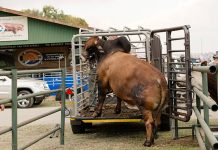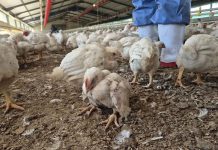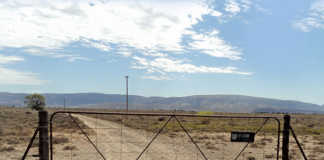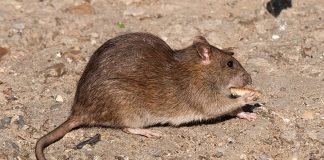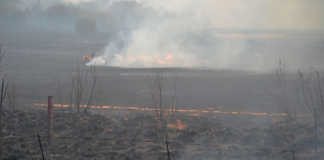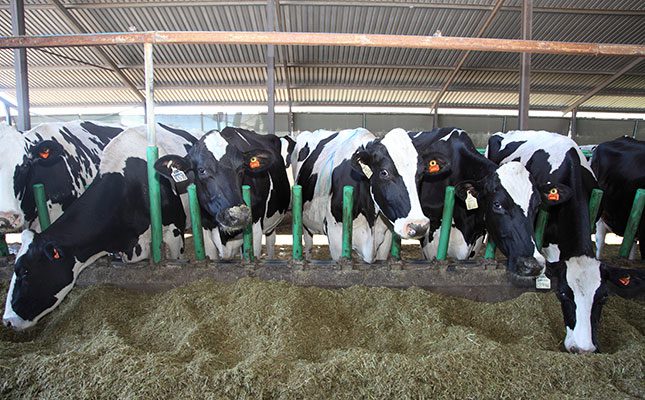
Nigel Lok, a dairy farmer from the Tsitsikamma, said at the Dairy Management Consulting conference recently held near Durbanville in the Western Cape that a dated protocol, developed in the 1980s for the beef industry, was currently followed to manage the FMD outbreak on dairy farms in the Eastern Cape.
He therefore urged dairy producers, milk buyers and processors to work together via Milk South Africa to develop a protocol that catered to the specific needs of the dairy industry: “We cannot use the same protocol as the beef industry, as dairy production is much more intensive and farms are in closer proximity to one another.”
He told Farmer’s Weekly that such a protocol should include steps to be taken when an outbreak was suspected, and confirmed, starting with the quarantining of a 10km radius around an infected farm, as is the practice in Sweden.
Unlike the current outbreak, where vaccination was allowed only a few days after the outbreak was confirmed and rollout started on infected farms, Lok wanted to see vaccination being approved immediately, starting with neighbouring farms and then moving in towards the infected farms.
Interventions are also needed when it comes to the slaughtering of animals. Lok pointed out that there was currently only one pre-approved FMD abattoir in the country, and that was in Phalaborwa, Limpopo.
In terms of management, he said farmers in the affected area in the Eastern Cape were giving cattle multivitamins, specifically containing selenium, to boost the immunity of the animals.
Many farmers were also giving their cattle ivermectin, which seemed to be reducing the severity of the disease, and the Inforce vaccine, which helped to protect cows against viral antibodies in the respiratory passages.
Concerning questions over the efficacy of the FMD vaccine, Lok clarified that farmers’ experience with the vaccine had been positive, with over 94 000 cattle being vaccinated in the area to date.
The problem, he said, was that it took 12 to 14 days before the vaccine started to offer protection, while animals began shedding the disease soon after being infected. The vaccine does not offer protection to animals that were already infected when they were vaccinated.
He said that the FMD virus spread to the Eastern Cape via a truck full of animals that was not disinfected, and not because of a “bakkie” or via a farm rep. From there the disease spread between farms in the area, with strong berg winds also aiding the spread.
“Many companies are pushing expensive products for disinfection purposes, but the FMD virus is inactivated outside the pH range of 6 to 9. This makes citric acid, which has a pH of 3 to 6, at a 2% dilution a cost-effective solution,” he said.
He himself, however, uses hydrated lime as disinfectant. He got the idea from Japan, where the Ministry of Agriculture, Forestry recommended the spreading of hydrated lime at farm entrances and around livestock houses or related facilities to prevent livestock infectious diseases following a FMD outbreak in 2010 that resulted in the death of 290 000 livestock.
The National Department of Agriculture last week announced the establishment of a rapid response team to deal with FMD outbreaks, and the week before declared disease management areas in the Eastern Cape, KwaZulu-Natal and Limpopo to contain and prevent the disease from spreading to other parts of the country.

